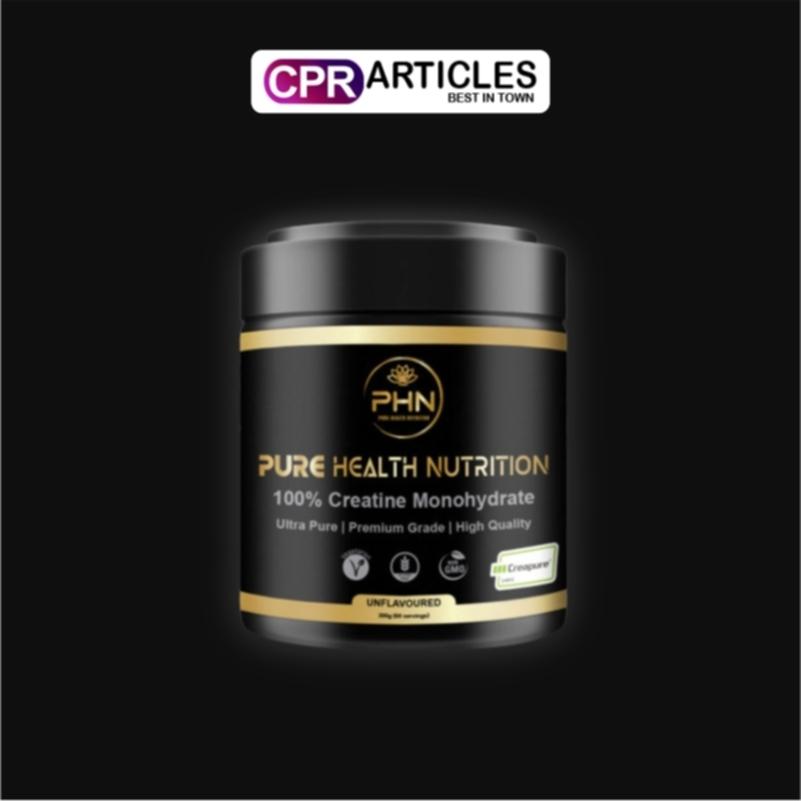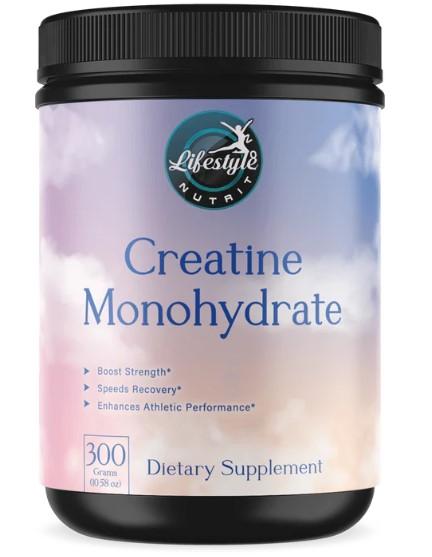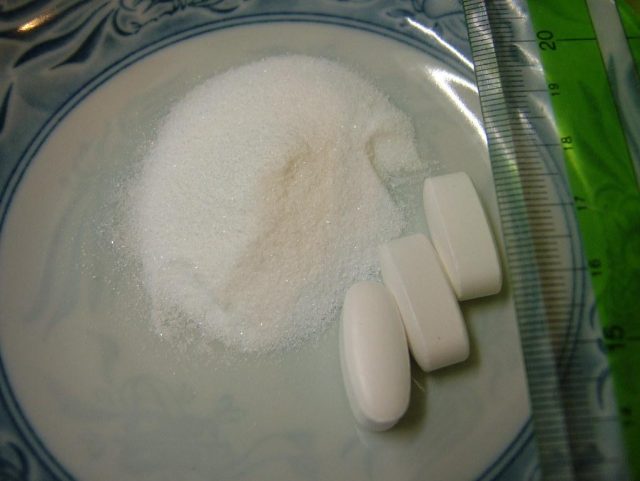Navigating the world of fitness supplements can often feel overwhelming, especially when trying to discern which products best align with your personal health goals. Among the myriad of options, creatine has long stood out as a staple for many athletes and fitness enthusiasts, celebrated for its potential to enhance strength and performance. However, a common question that arises in the supplement aisle is: should you opt for creatine monohydrate or creatine hydrochloride (HCl)? Both forms have their proponents and unique benefits, and choosing the right one can make a significant difference in your fitness journey. In this article, we’ll compassionately guide you through the key differences between these two popular forms of creatine, helping you make an informed decision that aligns with your body’s needs and your fitness objectives.
Understanding the Science Behind Creatine Monohydrate and Creatine HCl
At the heart of choosing between creatine monohydrate and creatine HCl lies an understanding of their scientific composition and how they interact with the body. Creatine monohydrate, the most researched and widely used form, consists of a creatine molecule bonded with a water molecule. This simple structure has stood the test of time, offering benefits like increased muscle mass, improved strength, and enhanced exercise performance. Its efficacy is well-documented, and it remains a staple in many athletes’ supplementation routines due to its proven track record.
On the other hand, creatine HCl, or creatine hydrochloride, is a newer form that combines creatine with hydrochloric acid. This combination is said to enhance solubility, potentially improving absorption rates in the body. This means that users might experience less water retention and bloating, which are sometimes associated with creatine monohydrate. However, the scientific evidence supporting these claims is still emerging, and the benefits may vary from person to person.
- Creatine Monohydrate: Most researched, cost-effective, widely available.
- Creatine HCl: Enhanced solubility, potentially less bloating, but less research available.
When considering which type to use, it’s essential to weigh these scientific differences against personal goals and how your body responds. While some may find the traditional monohydrate sufficient, others might prefer the newer HCl variant for its purported benefits. Ultimately, the best choice depends on your individual needs and preferences.

Exploring the Benefits and Drawbacks of Each Creatine Type
When diving into the world of creatine supplements, it’s crucial to understand the unique benefits and potential drawbacks of each type to make an informed choice. Creatine Monohydrate is the most researched and widely used form, known for its effectiveness in enhancing muscle strength and performance. It is generally more affordable and has been proven to increase muscle mass and improve recovery times. However, some users may experience bloating or gastrointestinal discomfort due to its lower solubility in water.
On the other hand, Creatine HCl has gained popularity for its higher solubility, which can lead to better absorption and reduced digestive issues. This makes it a preferred option for those who experience bloating with monohydrate. Additionally, due to its enhanced absorption rate, users may require a smaller dosage to achieve similar results. Despite these benefits, it tends to be more expensive and has less extensive research backing its long-term efficacy compared to monohydrate.
- Creatine Monohydrate:
- Pros: Highly researched, cost-effective, increases muscle mass.
- Cons: Potential bloating, lower solubility.
- Creatine HCl:
- Pros: Better solubility, reduced bloating, smaller dosage required.
- Cons: More expensive, less research available.
How to Choose the Right Creatine for Your Fitness Goals
When it comes to optimizing your workout routine, choosing the right creatine supplement can make a significant difference. Two popular forms are Creatine Monohydrate and Creatine HCl, each offering unique benefits. Understanding these can help you align your choice with your specific fitness goals.
Creatine Monohydrate is the most researched and widely used form. It’s known for its effectiveness in improving strength and muscle mass, making it an excellent choice for those looking to bulk up or enhance their performance in high-intensity activities. Key features include:
- Cost-effective: Generally more affordable compared to other forms.
- Well-researched: Extensive studies support its benefits and safety.
- Widely available: Easy to find in various forms, including powders and capsules.
On the other hand, Creatine HCl is praised for its enhanced solubility and absorption rate. This makes it a favorable option for those who experience bloating or discomfort with creatine monohydrate. Consider the following:
- Less water retention: May reduce bloating, ideal for those sensitive to monohydrate.
- Smaller doses: Often requires a lower dosage due to better absorption.
- Convenient: Easier to mix and consume with minimal gastrointestinal issues.
Ultimately, the choice between creatine monohydrate and creatine HCl depends on personal preferences and specific fitness objectives. Consider factors like budget, desired results, and how your body responds to each type to make an informed decision that best supports your journey.
Expert Recommendations for Safe and Effective Creatine Use
When it comes to using creatine supplements safely and effectively, there are a few key points to consider. Whether you choose Creatine Monohydrate or Creatine HCl, it’s essential to follow expert guidance to maximize benefits and minimize potential side effects.
- Stay Hydrated: Creatine can draw water into your muscles, so it’s crucial to maintain adequate hydration. Ensure you’re drinking enough water throughout the day to support your body’s needs.
- Loading and Maintenance: If you’re opting for Creatine Monohydrate, consider a loading phase of 20 grams per day, split into four doses, for 5-7 days. Follow this with a maintenance dose of 3-5 grams per day. For Creatine HCl, a loading phase is often unnecessary, and a daily dose of 1-2 grams may suffice.
- Consistency is Key: To see the best results, make creatine supplementation a part of your regular routine. Consistent daily use, alongside a balanced diet and regular exercise, will yield the most significant improvements.
- Consult a Professional: Before starting any supplement, it’s always a good idea to consult with a healthcare provider, especially if you have pre-existing health conditions or are taking other medications.
By adhering to these expert recommendations, you can safely incorporate creatine into your fitness regimen, helping you to achieve your performance goals effectively and responsibly.








































